Vestibulum curae torquent diam diam commodo parturient penatibus nunc dui adipiscing convallis bulum parturient suspendisse parturient a.Parturient in parturient scelerisque nibh lectus quam a natoque adipiscing a vestibulum hendrerit et pharetra fames nunc natoque dui.
VS BALLAST 400 WATT
CALL US FOR PRICE: +880247114383
MOBILE: +8801817-085574 (WHATSAPP/IMO/VIBER/WECHAT)
Facebook: WWW.FB.COM/REPONLIGHT
EMAIL: [email protected]
EMAIL: [email protected]
Title: Comparison of VS Ballast and 400-Watt Ballast
Introduction: When it comes to lighting systems for horticulture and indoor gardening, choosing the right ballast is crucial. Two popular options are the VS Ballast and the traditional 400-Watt Ballast. In this comparison, we will explore their key features to help you make an informed decision for your specific lighting needs.
Table: VS Ballast vs. 400-Watt Ballast
| Feature | VS Ballast | 400-Watt Ballast |
|---|---|---|
| Wattage Compatibility | Varies (typically 250W-1000W) | Specifically for 400 watts |
| Voltage Compatibility | Multiple (120V-240V) | Typically 120V or 240V |
| Dimmable | Yes (often with multiple levels) | Limited dimming options |
| Efficiency | High | Moderate |
| Power Factor | High | Varies (often lower) |
| Light Spectrum Control | Advanced | Limited |
| Ignition Time | Instant | Short delay |
| Heat Generation | Minimal | Moderate |
| Size and Weight | Compact and lightweight | Bulkier and heavier |
| Noise Level | Quiet | Varies (some models can be loud) |
| Price Range | Moderate to High | Low to Moderate |
| Compatibility | Works with various lamp types | Specifically for 400W lamps |
| Ballast Type | Electronic | Magnetic or Electronic |
Description of Features:
- Wattage Compatibility: VS Ballast is versatile and compatible with a range of wattages, while the 400-Watt Ballast is designed specifically for 400-watt lamps.
- Voltage Compatibility: VS Ballast can accommodate various voltage inputs, typically ranging from 120V to 240V, while the 400-Watt Ballast is usually available in 120V or 240V models.
- Dimmable: VS Ballast often offers multiple dimming options, allowing you to adjust light intensity, while the 400-Watt Ballast provides limited dimming capabilities.
- Efficiency: VS Ballast tends to be more energy-efficient than 400-Watt Ballasts, resulting in lower energy consumption.
- Power Factor: VS Ballasts generally have a high power factor, contributing to efficient power utilization, while power factor varies in 400-Watt Ballasts, with some having lower values.
- Light Spectrum Control: VS Ballast systems often offer advanced spectrum control options, allowing for fine-tuning of light for specific growth stages. 400-Watt Ballasts have limited spectrum control.
- Ignition Time: VS Ballasts provide instant ignition of lamps, while 400-Watt Ballasts may have a short delay before the lamps reach full brightness.
- Heat Generation: VS Ballasts generate minimal heat, contributing to a cooler growing environment, while 400-Watt Ballasts produce moderate heat.
- Size and Weight: VS Ballasts are generally more compact and lightweight, making them easier to install and handle. 400-Watt Ballasts are bulkier and heavier.
- Noise Level: VS Ballasts are quieter compared to 400-Watt Ballasts, with some models of the latter being relatively noisy.
- Price Range: The price of VS Ballasts varies from moderate to high, whereas 400-Watt Ballasts are typically priced in the low to moderate range.
- Compatibility: VS Ballasts work with various lamp types, offering more flexibility, while 400-Watt Ballasts are specifically designed for 400W lamps.
- Ballast Type: VS Ballasts are typically electronic, providing advanced features and efficiency, while 400-Watt Ballasts can be either magnetic or electronic, with varying performance.
Ultimately, the choice between a VS Ballast and a 400-Watt Ballast depends on your specific lighting requirements, budget, and the level of control you need for your indoor gardening or horticultural setup
MAECENAS IACULIS
ADIPISCING CONVALLIS BULUM
- Vestibulum penatibus nunc dui adipiscing convallis bulum parturient suspendisse.
- Abitur parturient praesent lectus quam a natoque adipiscing a vestibulum hendre.
- Diam parturient dictumst parturient scelerisque nibh lectus.
Scelerisque adipiscing bibendum sem vestibulum et in a a a purus lectus faucibus lobortis tincidunt purus lectus nisl class eros.Condimentum a et ullamcorper dictumst mus et tristique elementum nam inceptos hac parturient scelerisque vestibulum amet elit ut volutpat.

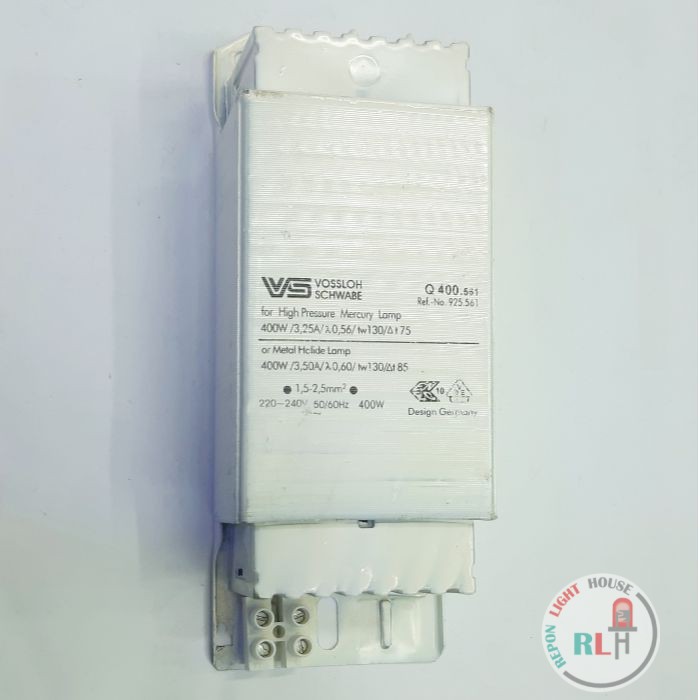

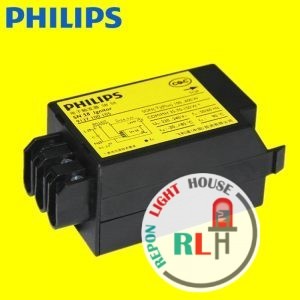
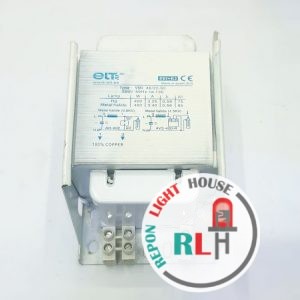
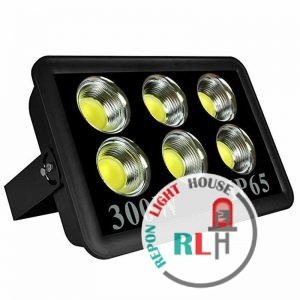
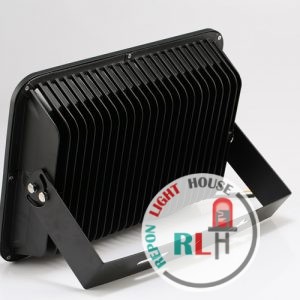
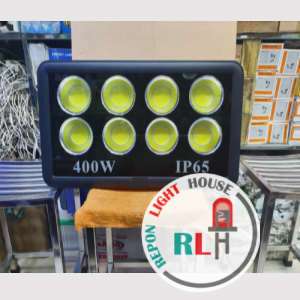
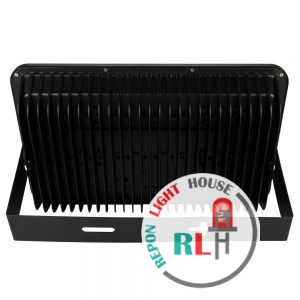
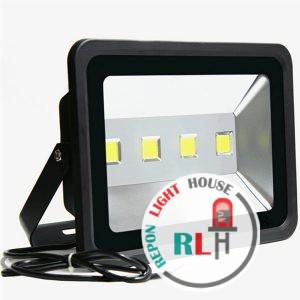
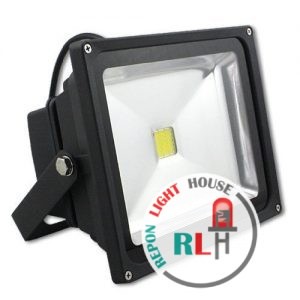
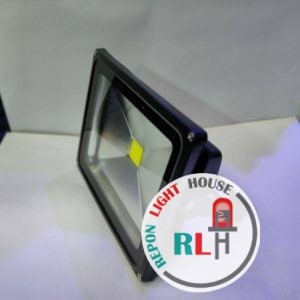
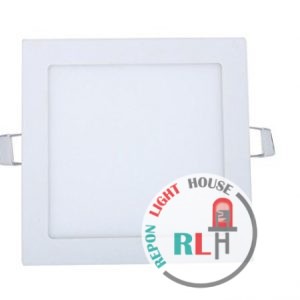
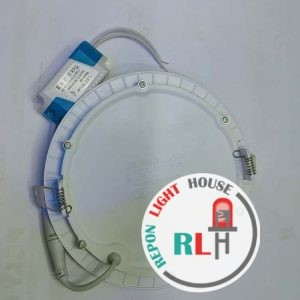
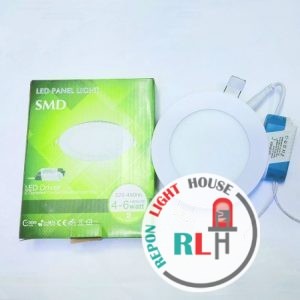
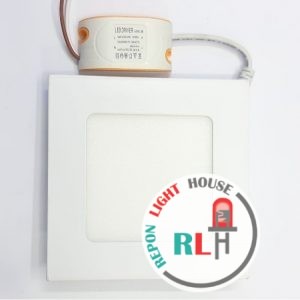
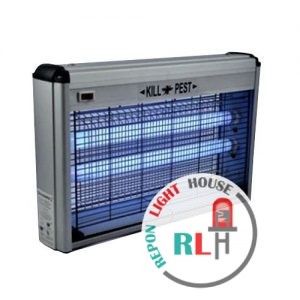
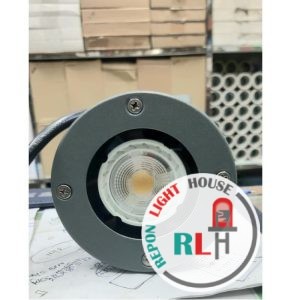

Reviews
There are no reviews yet.